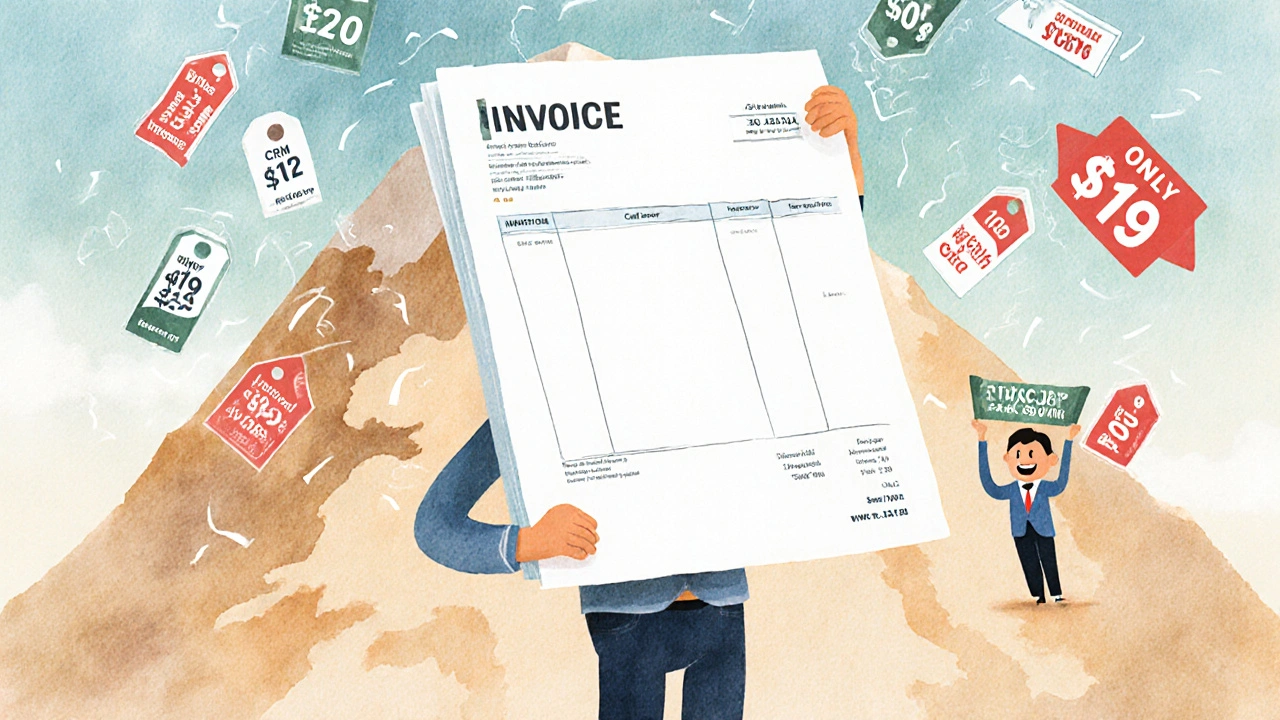VoIP Extra Charges: How to Avoid Hidden Fees on Internet Calls
When you switch to VoIP extra charges, unexpected fees that sneak into your monthly VoIP bill, often from unclear pricing structures or add-on services. Also known as hidden VoIP fees, these costs can turn a cheap calling plan into an expensive one without you realizing it. Most people think VoIP means free or ultra-low-cost calls. But that’s only true if you know where to look—and what to avoid.
These charges aren’t always obvious. They show up as per-minute fees for international calls you didn’t know were extra, monthly fees for call recording you never asked for, or surcharges for using your number outside your home country. Even something as simple as a 911 emergency service fee can pile up if your provider charges it per line, not per account. And don’t be fooled by "unlimited" plans—many cap international minutes or charge extra for calling mobile numbers abroad. SIP billing, the way VoIP providers track and charge for call usage through Session Initiation Protocol. It’s the engine behind your bill, and if it’s poorly configured, it can generate charges you didn’t agree to. Providers often bury these details in fine print or make them hard to find in their dashboards.
You’ll also run into international VoIP, calling outside your home country over the internet, which often triggers hidden fees even on "flat rate" plans. It’s not just about dialing a number—it’s about where that number is located, whether it’s a landline or mobile, and whether your provider has a direct connection to that country’s network. Some providers charge more for calling mobiles than landlines, even in the same country. Others add fees if you use your VoIP number while traveling, even if you’re connected to Wi-Fi. And if you’re using a business plan, watch out for per-user fees, call queue charges, or fees for keeping inactive numbers.
What makes this worse is that many of these charges are legal—just sneaky. There’s no law saying providers must list every possible fee upfront. That’s why you need to read the small print, test your plan with real calls, and compare what you’re billed against what was promised. A $5 monthly fee might seem harmless until you realize it’s on every line in your company, and you’ve got 20 lines. That’s $100 a month you didn’t budget for.
The good news? You can avoid most of this. The posts below show you exactly how—whether you’re a small business owner, a remote worker, or just trying to cut your phone bill. You’ll learn how to spot the traps before you sign up, how to negotiate better terms, and how to set up your system so you’re not paying for features you don’t use. Some of these posts even walk you through real billing statements and show you what to cross out. No fluff. No jargon. Just what actually works.
